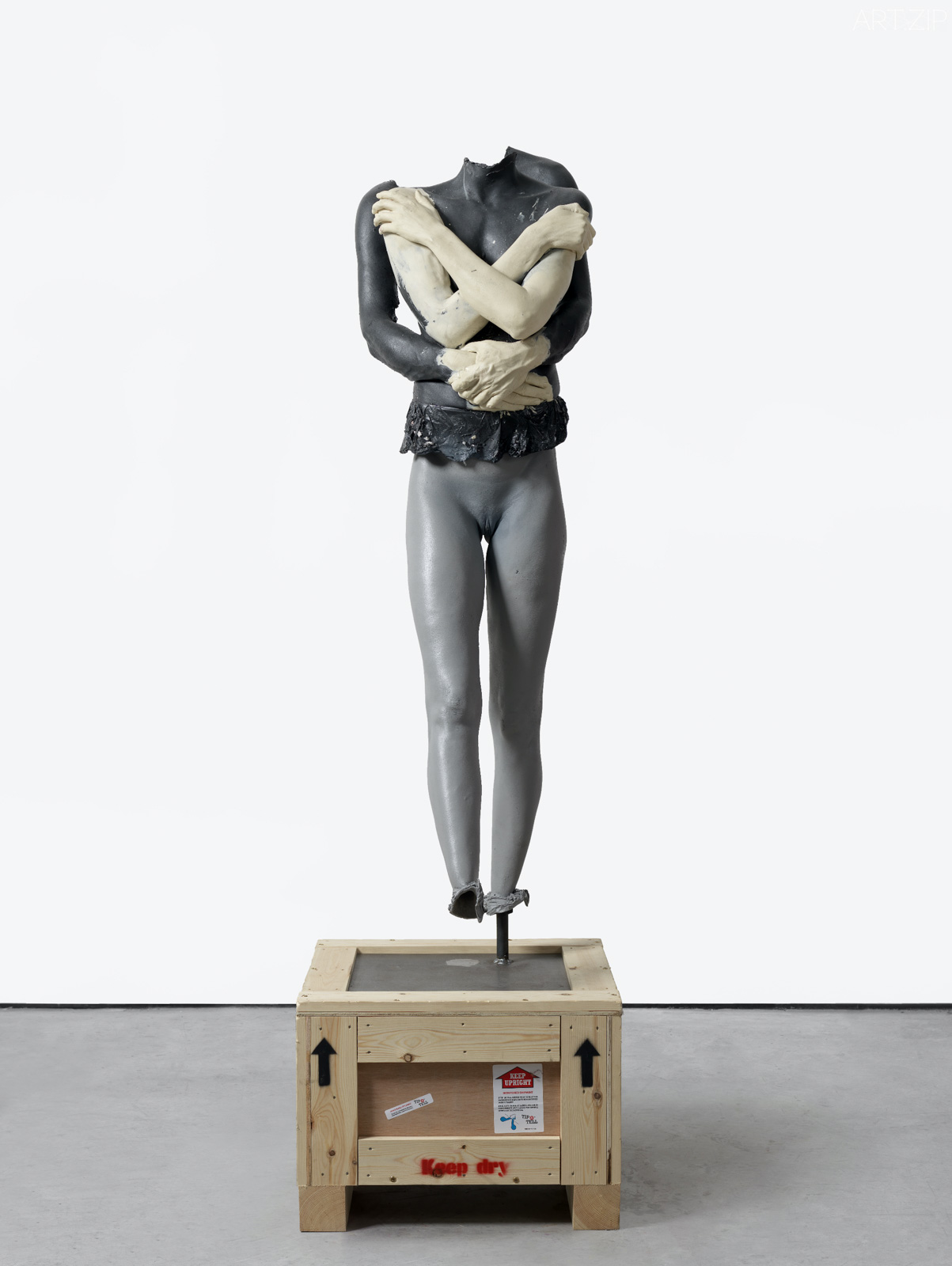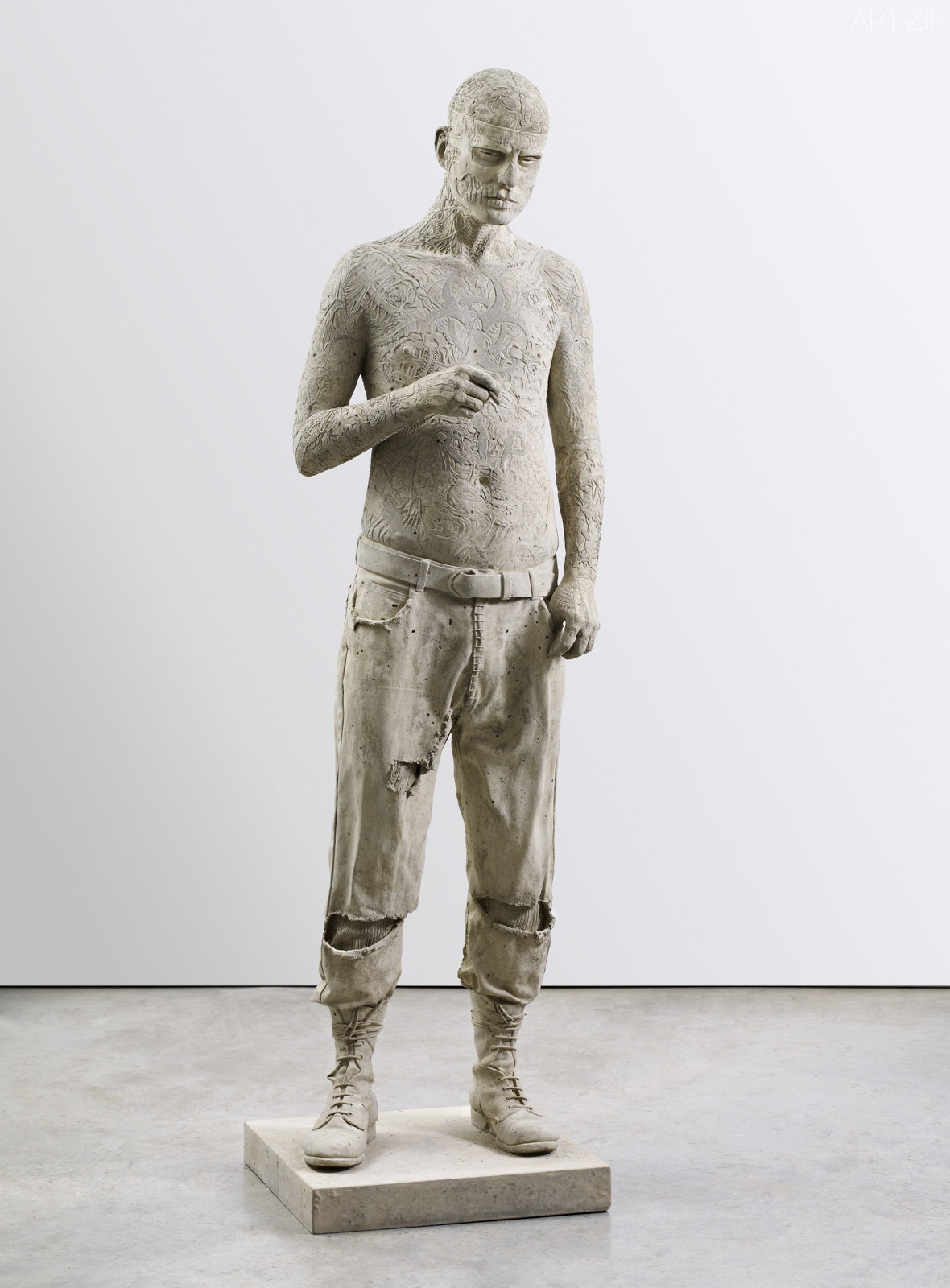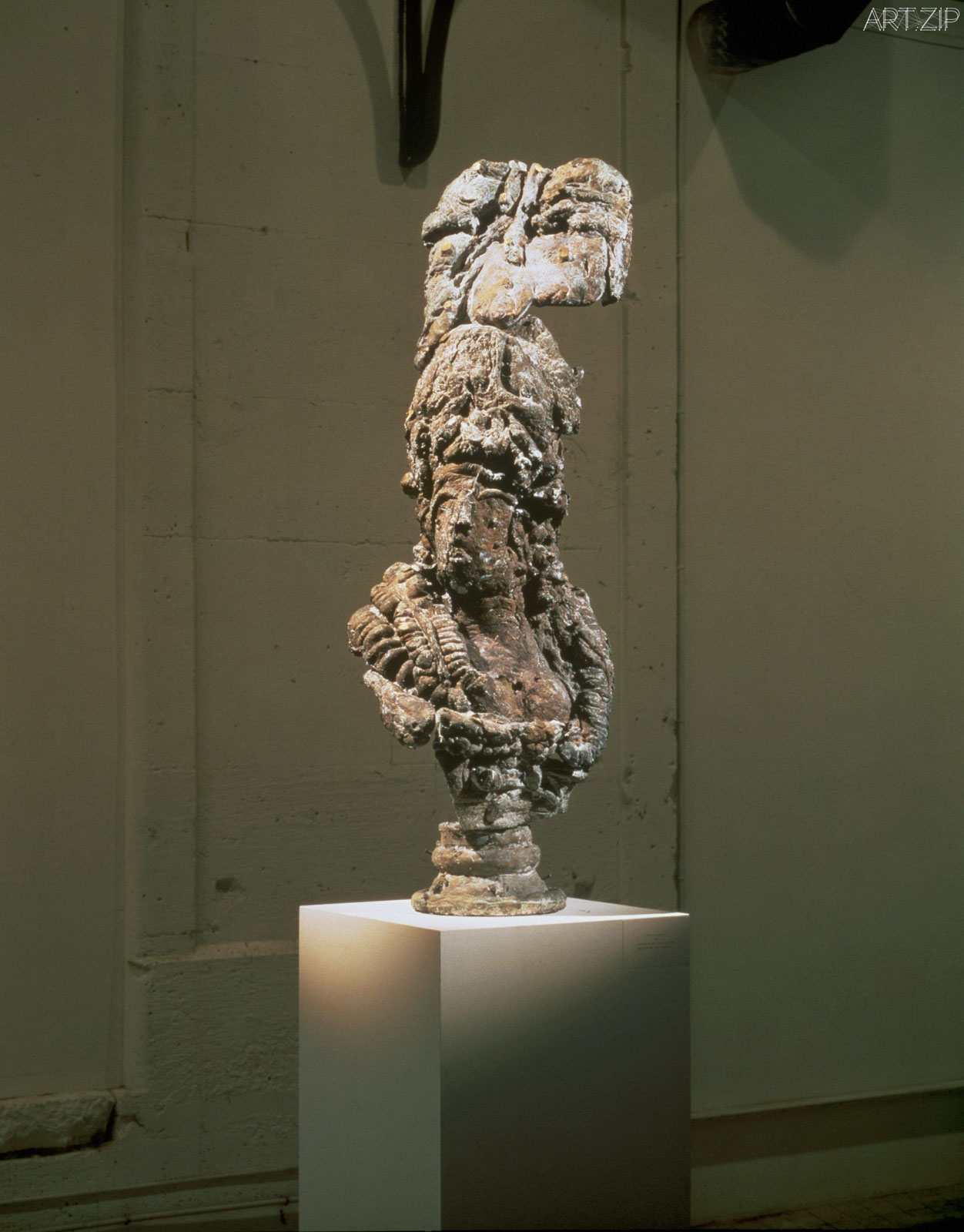.jpg?v=1642924619)
CAFA Art Museum 8 March – 24 April 2019
中國中央美術學院美術館 2019年3月8日至4月 24日
- The Garden of Forking Paths Year: 2019 Medium: Bread Dimensions: 180h x 150w cm per piece 歧路之园 创作年代:2019 材料:面包 尺寸:每件180 x 150 cm(高 x 宽)
CAFA Art Museum, Beijing, will present a selection of the work of the acclaimed British artist Marc Quinn this March. One of the leading artists of his generation, Quinn’s work explores recurring themes of art and science; the human body; emotion; and the perception of beauty. For the artist’s first solo museum exhibition in China, works have been drawn from across his 30-year career and from multiple series, exploring his enduring interest in identity.
北京中央美术学院美术馆将于今年三月展出著名英国艺术家马克・奎恩(Marc Quinn)的一系列作品。作为同时代中最具代表性的艺术家之一,奎恩的作品不断反复探索了艺术与科学、人体、情感以及对美的认知的主题。“马克・奎恩:皮相之下”是艺术家首个在中国的美术馆级的展览,此次将带来奎恩跨越三十年艺术生涯中的多个系列作品,研究他长期关注的身份认同的主题。
- Chromatic Labyrinth MQ300 (Salinas de Rosio, Spain) Year: 2012 Medium: Silicon extrusion and oil on canvas Dimensions: 300h x 179w cm 彩色迷宫MQ300(塞利那·德·洛西欧,西班牙) 创作年代:2012 材料:布面冷压硅胶和油画 尺寸:300 x 179 cm (高 x 宽)
- Labyrinth Painting (MQ300 CR) Year: 2011 Medium: Acrylic & silicon on canvas Dimensions: 300h x 179w cm 迷宫(MQ300 CR) 创作年代:2011 材料:布面丙烯和硅 尺寸:300 x 179 cm (高 x 宽)
- Labyrinth painting (CS300) Year: 2019 Medium: Acrylic and silicon extrusion on canvas Dimensions: 300h x 179w cm 迷宫(CS300) 创作年代:2019 材料:布面丙烯和冷压硅胶 尺寸:300 x 179 cm (高 x 宽)
- Labyrinth Painting MQ250 (Temple Cowley) Year: 2012 Medium: Oil and silicon on canvas Dimensions: 250h x 150w cm 迷宫MQ250(考利神殿) 创作年代:2012 材料:布面丙烯和硅 尺寸:250 x 150 cm (高 x 宽)
Works from the series We Share Our Chemistry with the Stars (2009) depict, at enormous scale, the iris of a human eye enlarged to the point of abstraction. The individuality of an iris and the symbolism of the human eye render each work a microscopic map of the individual’s identity. The fingerprints enlarged in Quinn’s Labyrinth series (2011-present) similarly blur the line between abstraction and figurative form, where individual identity is reduced to a pattern. These bodies of work reflect Quinn’s ongoing interest in creating portraits that are more than just an image of a person but are an actual visual index of their identity.
《我们与星星的化学构造并无二致》(We Share Our Chemistry with the Stars)(2009)一系列的巨型作品将人眼的虹膜扩大到抽象的程度,虹膜的个体性和人眼的象征意义使每个作品成为个体身份的微观图。奎恩的《迷宫》(Labyrinth)系列(2011年至今)中放大的指纹同样模糊了抽象和比喻形式之间的界限,其中个体身份被简化为一种图案。这些作品反映了奎因对肖像创作的持续热情,这些肖像不仅仅是一个人的形象,也是他们身份的实际的视觉索引。
- We Share Our Chemistry with the Stars (KD220) Year: 2016 Medium: Oil on canvas Dimensions: ⌀ 219 cm 我们与星星的化学构造并无二致(KD220) 创作年代:2016 材料:布面油画 尺寸:⌀ 219 cm
- We Share Our Chemistry with the Stars (VW300L) Year: 2017 Medium: Oil on canvas Dimensions: ⌀ 300 cm (approximate) 我们与星星的化学构造并无二致(VW300L) 创作年代:2017 材料:布面油画 尺寸:⌀ 约300 cm
- We Share Our Chemistry with the Stars (MQ300) Year: 2019 Medium: Oil on canvas Dimensions: ⌀ 300 cm (approximate) 我们与星星的化学构造并无二致(MQ300) 创作年代:2019 材料:布面油画 尺寸:⌀ 约300 cm
It is often said that our destiny is written in our palms and it was with this train of thought that Quinn first created his Bread Hands installation in 1991 where he repeatedly traced around his hand on bread, forming a pattern of his own physical identity. Despite Quinn using the same hand to create each piece, every bread hand is unique – suggesting that our destinies are changeable. For Under the Skin the artist has returned to this work to create a collaborative, participatory installation where visitors will be invited to make their own bread hands at a kiln situated inside the gallery, exploring the notion that our flesh and blood are all the same.
人们常说,我们的命运早就已经写在手上。艺术家贯彻这种思路于1991年创造了他首个《面包手》(Bread Hands)雕塑系列,他将自己的手放在面包上重复勾画手部的外型与掌纹,创造出一个能够表达他身体特征的图案。即使奎因根据同一只手制成所有这一系列作品,但每一件《面包手》都是独一无二的,呈现了我们命运的变幻莫测。在《皮相之下》的展览中,艺术家再次引用这个概念,将创造一个兼具协作性和参与性的艺术装置,邀请观者在美术馆的窑内制作自己的面包手,血肉之躯都一样殊途同归。
- All About Love “Life” Year: 2016 – 2017 Medium: Glass reinforced polyester and biresin polyurethane, stainless steel plate & rod, split shaft collars, softwood and far eastern ply. Dimensions: 221h x 64w x 45d cm 关于爱的一切 “生命” 创作年代:2016-2017 材料:强化玻璃聚酯、树脂聚氨酯、不锈钢片和竿、分轴轴环、软木和远东木合板 尺寸:221 x 64 x 45 cm(高 x 宽 x 深)
Quinn’s Bread Sculptures, a selection of which will be presented in Under the Skin, draw on the religious symbolism of bread as human flesh and use its transformation from a mouldable dough to a solid form to create highly expressive process-led sculptures. The identity of the characters depicted in the artist’s early works – Louis XVI (1989) and Marie-Antoinette (1989) – is warped by the process of their creation (the dough rising and falling into an organic form), reflecting the mutability of life and demonstrating how time and external forces can distort our flesh and our memories.
《皮相之下》展出的面包雕塑作品,借用面包作为血肉之躯的宗教象征,以柔软面团到最后成形的过程为主导的方式创造出极具表现力的雕塑。艺术家早期作品中的人物,包括《路易十六》(Louis XVI)(1989年)和《玛丽-安托瓦内特》(Marie-Antoinette)(1989年),他们的身份在制作的过程中被异化(面团受热膨胀升起再缩小至最后定型的有机状态),反映了生命的無常,同时展示了时间和外在力量如何扭曲我们的肉体和记忆。
- Zombie Boy (City) Year: 2011 Medium: Concrete Dimensions: 178h x 56w x 35d cm 僵尸男孩(城市) 创作年代:2011 材料:混凝土 尺寸:178 x 56 x 35 cm(高 x 宽 x 深)
Inspired by the often fragmented but universally celebrated classical sculpture displayed throughout the world’s museums, Another Kiss (2006) comes from Quinn’s series of work, The Complete Marbles. Exploring society’s perceptions of beauty, these works adopt the language of idealism to represent the ‘incomplete’ bodies of people who have either lost limbs due to accident or who were born with a disability. They highlight the fact that while the notion of an incomplete body is something that is celebrated and acceptable within the context of art history, it is not always so in real life.
马克・奎恩受到一些著名的古典雕塑的启发,这些雕塑的残肢断臂通常都散落在世界各地博物馆中,《另一个吻》(Another Kiss)(2006年)正是来源于艺术家的系列作品《完整的大理石》(The Complete Marbles)。这些作品探讨了社会对美的观念,采用古希腊理想主义的语言来展现那些因意外或天生残疾而失去肢体的人身体的“不完整”。他们所强调的事实是,虽然身体的残缺的概念在艺术史语境中被接受和歌颂,但它在现实生活中却往往并非如此。
- Marie-Antoinette Year: 1989 Medium: Made in bread, cast in bronze Dimensions: 124.5h x 40.6w x 30.5d cm 玛丽·安托瓦内特 创作年代:1989 材料:铸铜、面包模具 尺寸:124.5 x 40.6 x 30.5 cm(高 x 宽 x 深)
Evolving from Quinn’s desire to reflect the language of classical art and show how it is relevant to contemporary culture, his series All About Love (2016-2017) again uses fragmented sculptures of the human body, this time to explore emotions surrounding love. Each sculpture is a life-cast of two lovers holding one another in different poses. Without heads or faces, we are drawn to the expression communicated by their embrace and the emotion captured in their still forms.
奎恩渴望在作品中表现古典艺术的语言,并展示出它是如何与当代文化息息相关的。他的系列作品《关于爱的一切》(All About Love)(2016-2017年)正源于此,再次以破碎的身体雕塑来追问由爱情滋生出的种种情感。每件作品都塑造了一对恋人相拥在一起的不同的姿势,他们没头没面分不清身份,但观者会被他们拥抱和凝固的姿态所传达的情感而深深吸引。
- At Last I’m Perfect Year: 2002 Medium: 1.2 carat yellow diamond made with carbon from the artist’s body 最终,我是完美的 创作年代:2002 材料:由艺术家体内提取的碳元素制成的1.2克拉黄钻
Notions of classicism and beauty also feed into Quinn’s Body Alteration works, several which will be presented in Under the Skin including Chelsea Charms (2010), Zombie Boy (2011) and The Beauty of Healing (2014). Reflecting on life in the internet age, these sculptures depict people who have undergone major physical modifications to change their biological identity and physical form. The works explore how in using one’s body as an artistic medium, the process of alteration can transform a person’s identity, and, in turn, what is under the skin becomes outwardly manifested.
古典主义和美的概念也适用于奎恩的《身体异变》(Body Alteration)的系列作品,其中将在《皮相之下》展示的包括《切尔西・查姆斯》(Chelsea Charms)(2010年)、《僵尸男孩》(Zombie Boy)(2011)和《治愈之美》(The Beauty of Healing)(2014年)。这些雕塑反映了互联网时代的生活,描绘了一系列通过重大整形来改变他们的生物特性及身体形态的人物形象。这些作品讨论了如何利用某人的身体作为一个艺术媒介,外貌的转变可以改变一个人的身份;反之,皮相之下的存在也会被毫无保留地揭露出来。

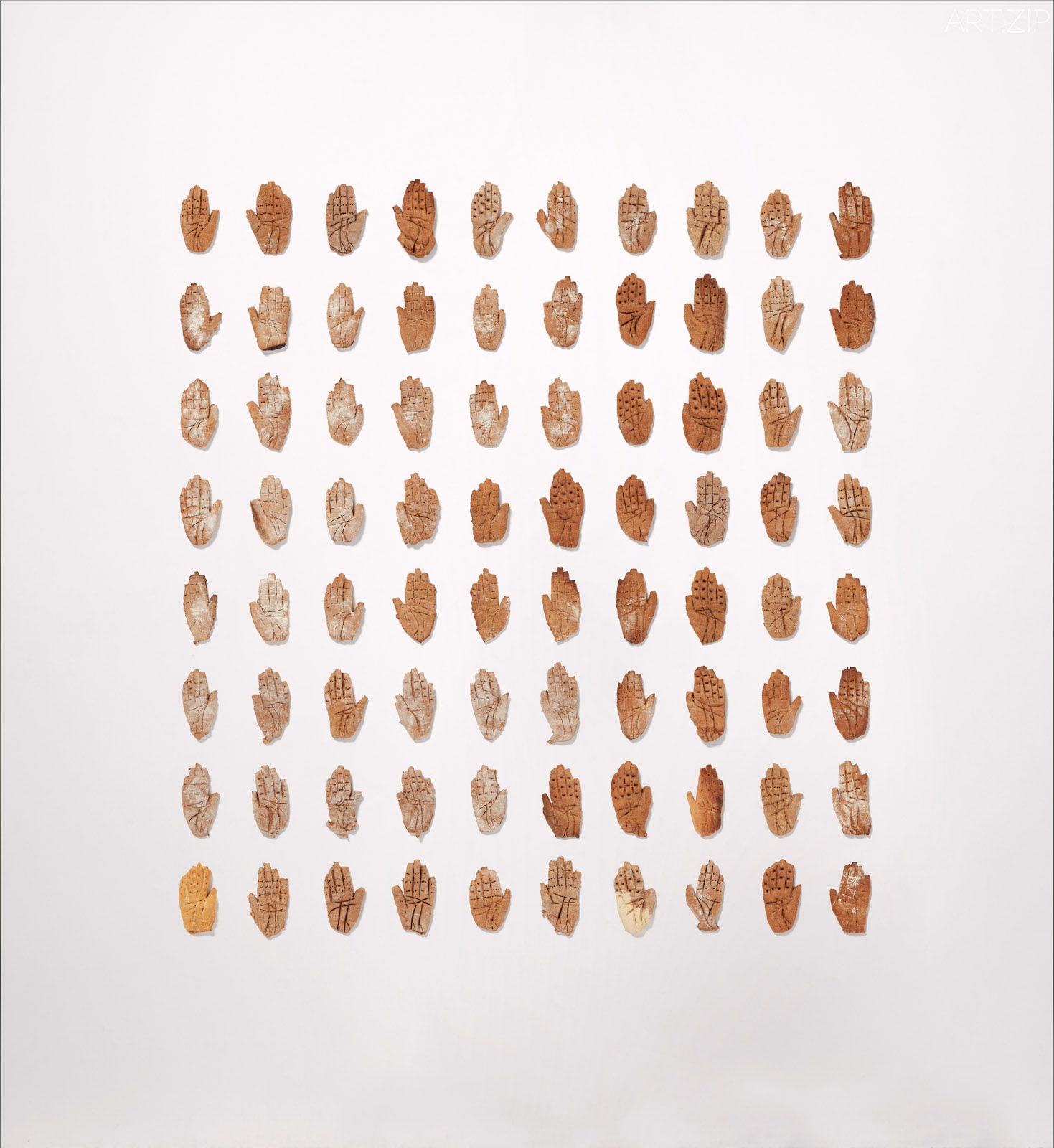
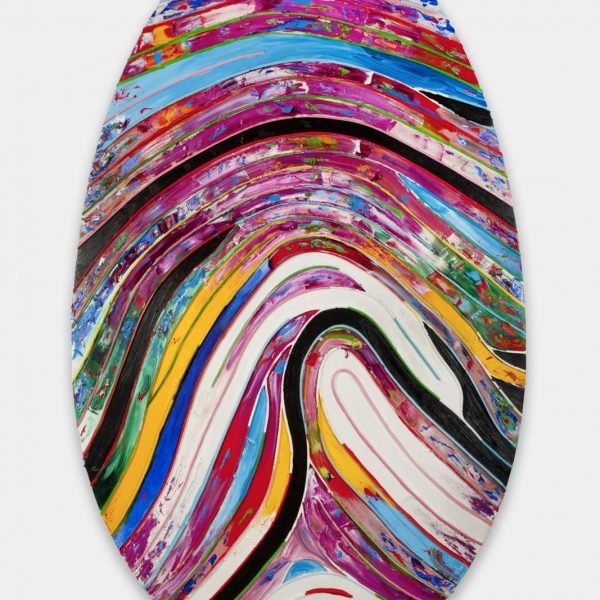
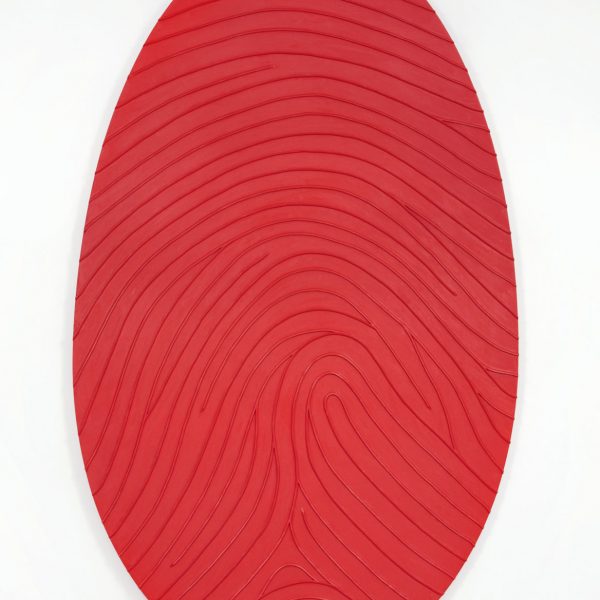
-600x600.jpeg?v=1642924623)
-600x600.jpg?v=1642924620)
-600x600.jpg?v=1642924619)
-600x600.jpg?v=1642924620)
-600x600.jpg?v=1642924618)
